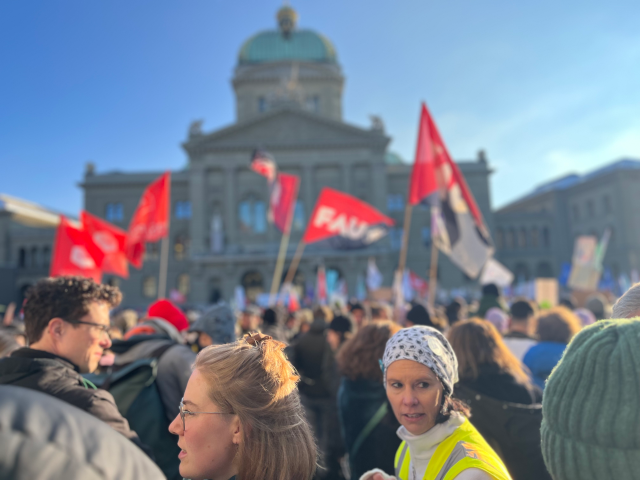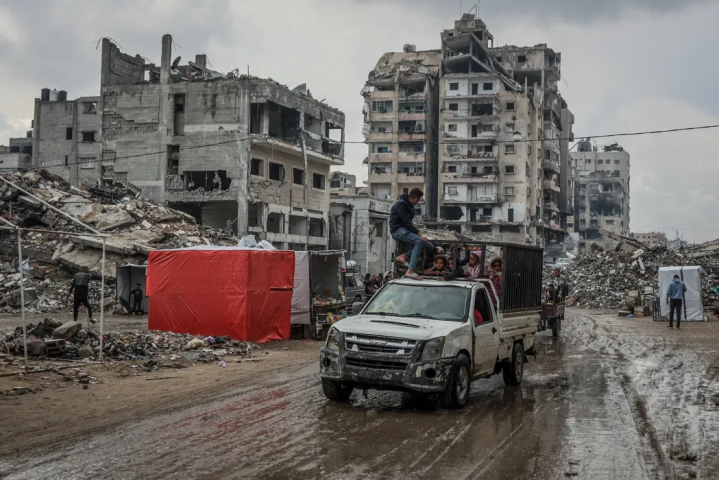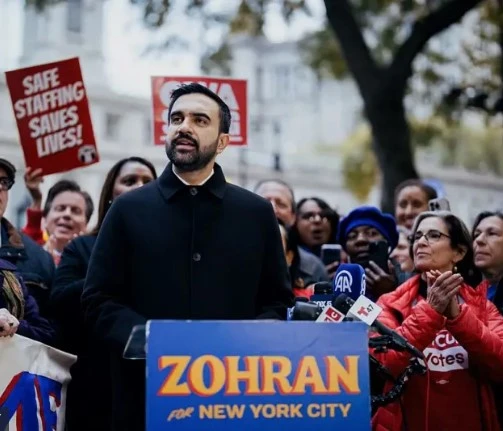An Article by the Asian Human Rights Commission
SRI LANKA: Participatory Constitution-making – The essentials
By Basil Fernando
Today, there is a consensus that Sri Lanka has entered into a period of crisis that is worse than it has ever faced in recent history. It is also agreed among most of the people who are highly knowledgeable in the field of economics and financing that this crisis will last for a long time even if some genuine effort is made to rescue the country even at this stage. However, if such a serious and genuine effort at taking the necessary decisions to address this problem is not taken, there are also predictions being made by persons who held very high positions in the Central Bank and also in the field of economics that Sri Lanka may reach a point of no return. Thus, looking for solutions of this economic crisis is a central concern in Sri Lanka. However, seeking such solutions itself brings up many more complicated problems. As it has been analyzed by many, the economic crisis was a product of an even deeper political crisis. Had it not been the adoption of the 1978 Constitution, quite certainly, Sri Lanka would not have reached the bleak point that it has reached now. The 1978 Constitution brought about a gradual breakdown of the functioning of all the major public institutions in Sri Lanka. The ludicrous notion that one person could make all the decisions that are needed for every area of the country’s life which is the most deeply embedded notion in the 1978 Constitution has necessarily brought about a situation where the decision making capacity of all those public institutions has been seriously suppressed. A senior Indian journalist in a televised interview compared the situation in Sri Lanka to what happened in China when Chairman Mao Zedong ordered all the sparrows to be killed in order to get over the problem of the damage done by these birds to the agricultural products. The result was the emergence of other pests through the loss of the natural avian by which the control of insects was done through the natural balance. The problem was so grave that China had to ask for imports of sparrows from Russia which was by then China’s close ally. What that demonstrated was the danger of leaving decision making to the hands of a single person.
In Sri Lanka also, the decision making processes are usually done through elaborate mechanisms within public institutions which are daily engaged in dealing with various problems. For example, the management of matters relating to money is done through highly sophisticated rational processes managed by persons who are highly trained in these fields and also have acquired experience through the engagement in these issues over a long period of time. What the 1978 Constitution did was to displace the effective management of all these processes. Relevant public institutions remained but their actual power had been taken away from them and was exercised by a single individual who was given the title “Executive President”. The title “Executive President” was in fact a misnomer. Going by the substance of the powers and the lack of control over that power, the better term would have been “The Dictator”.
However, the issue now is how to get rid of this Constitution which violates all the norms of a rational Constitution as a part of the strategy of fighting back the grave economic crisis the country is facing. Thus, doing away with the 1978 model of Constitution is not a mere legal exercise but a part of an overall strategy in order to deal with seemingly insoluble economic problems faced by the country.
In that backdrop, there is now a discussion on the displacement of the 1978 Constitution, on what is to replace that Constitution and how to bring about this change. There are some basic ideas that have been discussed on this issue and some of the prominent ideas are as follows:
That the entirety of the 1978 Constitutional model should be abolished and a Constitution that is based on principles that are totally opposed to that of the 1978 one should replace it. The replacing Constitution should be able to provide for the operation of the basic notions of democracy, the rule of law and the supremacy of the law. Above all, nobody should be placed above the law. It means that the powers of the Legislature and the Executive which have been diminished should be brought back to life and it should be held together by the principle that all the three branches have equal power within the State. By operating these principles, the public institutions should be brought back to life with the necessary independence so that they could effectively manage the country’s economic establishment as well as all other areas of national life. By the combination of granting the necessary independence combined with checks and balances, these institutions would manage the country irrespective of whatever regime changes that may take place from time to time. That briefly is a vision for the basic structure of a Constitution that could provide a kind of State structure that could pull the country out of this economic mess. The next question would be how to bring about this Constitution. The 1972 and 1978 Constitutions were also made to suit the needs of a particular regime in power. Both these regimes had over two thirds majority in the Parliament and they had no difficulty in getting anything past through the Parliament without considering the possible bad consequences of the laws that they were passing.
A new Constitution should not be made in this manner. It should be made with the full participation of the people and this is not an exceptional situation anymore. All the successful Constitutions of recent times have been made through Constitutional conventions, and not by a Government in power. One of the reasons for the strength of the Indian Constitution was that it was created through a long process of nation wide participation. The result of such participation was that all the vital questions that affect the country were addressed within the framework of Constitutional law. Due to this, a foundation was laid for the resolving of those problems. The South African Constitution is another example of this type and also the manner in which the Nepalese Constitution was made within the last few decades. Just now, another inspiring example comes from Chile where in the midst of a national crisis, people demanded for not just the change of a regime but the change of the Constitution. The people also ordered that the Constitution must be made by a Constitutional convention where there will be a representation of all sectors of society and the entire nation will participate in the process of the debate.
Those who agree with this perspective for Sri Lanka also find that there is one difficulty to achieve a Constitution through a Constitutional convention. That is because of the provisions in the 1978 Constitution which have laid down that like any other Act of Parliament, the Constitution can also be made through a two thirds majority of the Members of the Parliament and if necessary, through a referendum. If a regime in power has a two thirds majority, then the result would be that anything could be made into a Constitution, irrespective of the harm that such a Constitution could create for the nation and its people. Suggestions that are being discussed is that this problem could be overcome through a referendum by which particular limits imposed on the making of the Constitution should be changed and an internationally accepted procedure for the making of a Constitution should be adopted so as to enable to bring about a Constitution through a participatory process.
# # #
The Asian Human Rights Commission (AHRC) works towards the radical rethinking and fundamental redesigning of justice institutions in order to protect and promote human rights in Asia. Established in 1984, the Hong Kong based organisation is a Laureate of the Right Livelihood Award, 2014.
![]()




